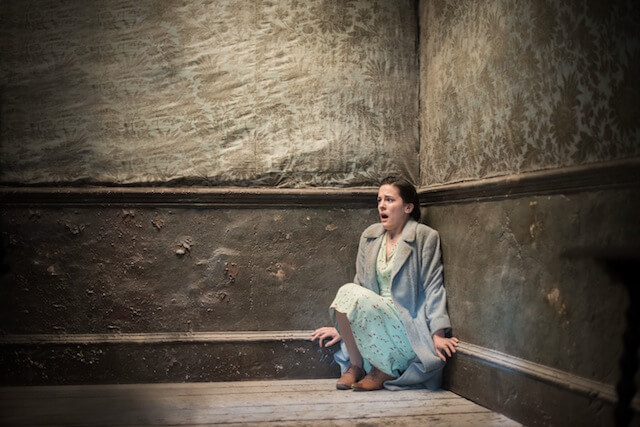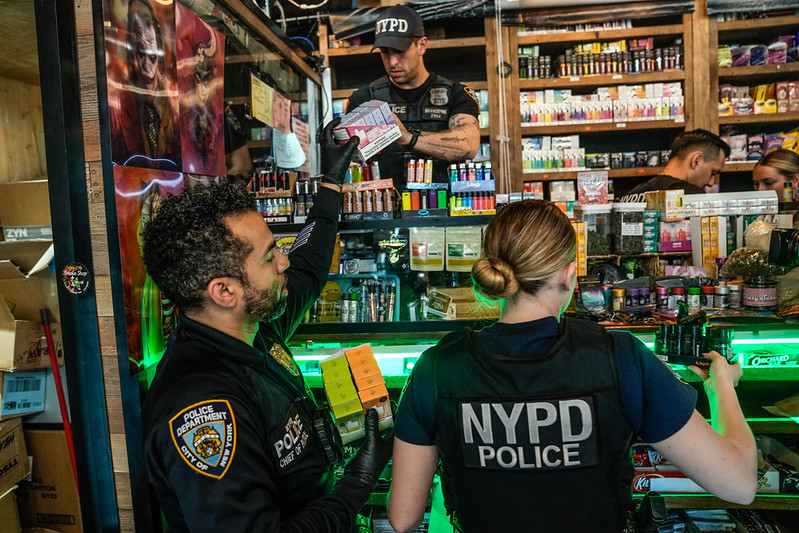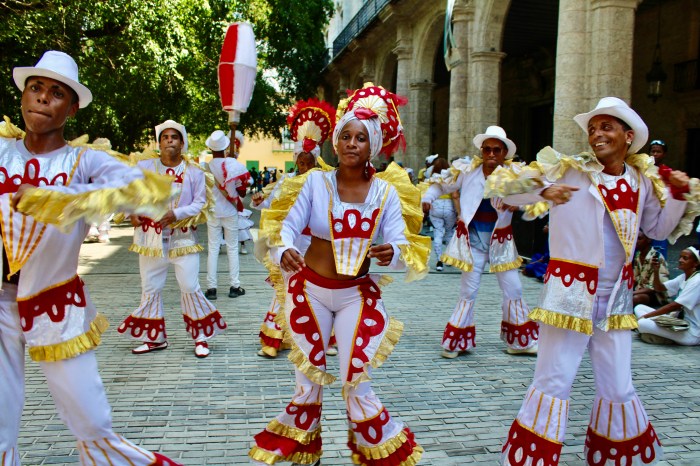‘The Woman in Black 2: Angel of Death’ Nothing is reinvented in “The Woman in Black 2: Angel of Death,” but that’s not a bad thing. There’s a long tradition of understated, goreless English horror films. Some stick out more than most: 1961’s “The Innocents,” starring Deborah Kerr and directed by Jack Clayton, brings Henry James’ “The Turn of the Screw” to terrifying and eccentric life. The second “Woman in Black” is more like the surprisingly solid second slot in a double bill. It’s purely workmanlike, utterly forgettable but not only spookier than it had to be but also more resonant. Set 40 years after the events of the Daniel Radcliffe-led first, it brings the action to WWII, with a young schoolteacher (Phoebe Fox) trying to protect a group of children from an evil ghost in a spooky house who has her sights on one of her young, catatonic charges. It’s a slow-burn horror-show building to a semi-comprehensible climax. Director Tom Harper has clearly studied all the English classics of horror; he knows to make every shot a few notches shy of pitch dark, meaning we’re always shocked when the ghost emerges from the shadows that seem to be everywhere. But much like “The Babadook,” this is intense even before ghosts show up. The wartime setting isn’t superficial; this is a portrait of characters torn hollowed out by war. Everyone’s plagued by grief, displacement and the constant fear of death. Like “The Babadook,” the fact that there’s actually a psychotic spirit is just another annoyance to worry about. Fox’s schoolmarm even has a secret: She gave away her child for adoption. Her plight to save the children from an evil spirit is supposed to be what drives her — quite apart from trying to save them just to save them, of course — but more than that it’s the kind of robust genre entry that understands trauma and links it to the scares. Gloomy and melancholic, this isn’t an anonymous “boo!” machine, as was last year’s powerfully thin “Ouija.” In fact, it’s a better portrait of living with war than it is a horror entry about living with ghosts.
Director: Tom Harper
Stars: Phoebe Fox, Helen McCrory
Rating: PG-13
3 (out of 5) Globes
Review: ‘The Woman in Black 2: Angel of Death’ is forgettable but solid

Nick Wall
Follow Matt Prigge on Twitter @mattprigge


















